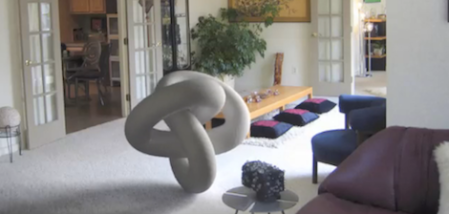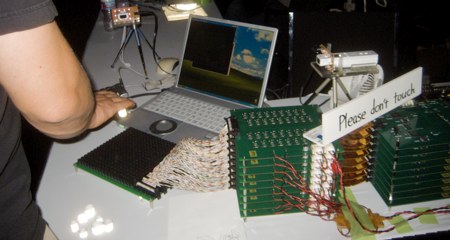
[Gil] sent in an awesome paper from this year’s SIGGRAPH. It’s a way to detect subtle changes in a video feed from [Hao-Yu Wu, et al.] at the MIT CS and AI lab and Quanta Research. To get a feel for what this paper is about, check out the video and come back when you pick your jaw off the floor.
The project works by detecting and amplifying very small changes in color occurring in several frames of video. From the demo, the researchers were able to detect someone’s pulse by noting the very minute changes in the color of their skin whenever their face is pumped full of blood.
A neat side effect of detecting small changes in color is the ability to also detect motion. In the video, there’s an example of detecting someone’s pulse by exaggerating the expanding artery in someone’s wrist, and the change in a shadow produced by the sun over the course of 15 seconds. This is Batman-level tech here, and we can’t wait to see an OpenCV library for this.
Even though the researchers have shown an extremely limited use case – just pulses and breathing – we’re seeing a whole lot of potential applications. We’d love to see an open source version of this tech turned into a lie detector for the upcoming US presidential debates, and the motion exaggeration is perfect for showing why every sports referee is blind as a bat.
If you want to read the actual paper, here’s the PDF. As always, video after the break.
Continue reading “Tracking Small Changes In Video To See Someone’s Pulse”















